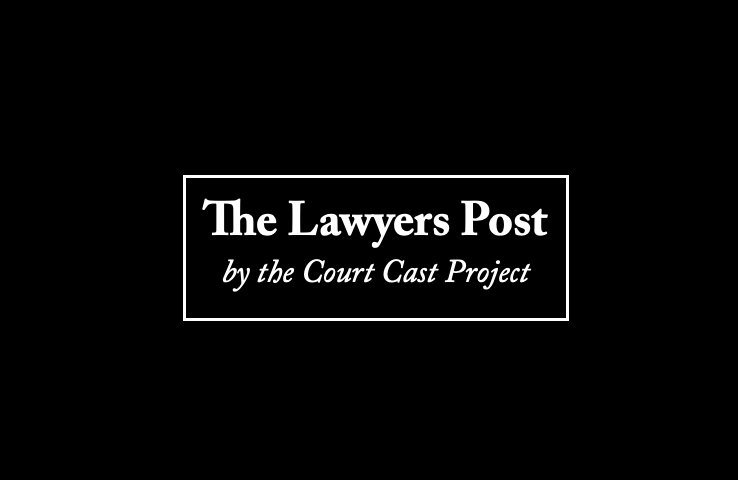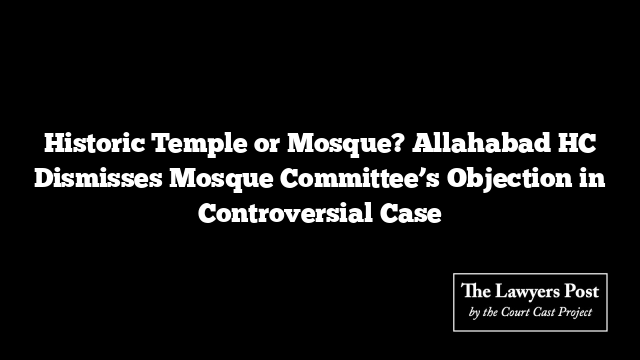In a pivotal turn of events, the Supreme Court has reversed its previous stance on the issue of sub-classifications within Scheduled Castes (SCs) and Scheduled Tribes (STs). The seven-judge Constitution Bench, led by Chief Justice Dr. DY Chandrachud, delivered a 6:1 majority verdict allowing the sub-division of these groups for the purpose of allocating separate quotas to those deemed more disadvantaged within the SC/ST categories. This decision marks a departure from the 2005 ruling in E.V. Chinnaiah v. State of A.P., where a five-judge bench had held that such sub-classifications were unconstitutional under Article 341.
The case centered around a 1975 Punjab Government notification, which had divided its 25% reservation for SCs into two distinct groups: one half reserved for Balmikis and Mazhabi Sikhs, and the other half for the remaining SC groups. This policy remained in place for three decades until it was struck down by the Supreme Court in the E.V. Chinnaiah case.
The recent verdict, however, reinstates the state’s authority to make such distinctions, acknowledging the diverse socio-economic conditions within the SC/ST communities. The sole dissent came from Justice Bela M. Trivedi, who maintained that the Constitution does not permit such sub-classifications.
This decision not only reshapes the landscape of reservation policies but also underscores the Supreme Court’s evolving interpretation of the Constitution in addressing issues of social justice and equality.





